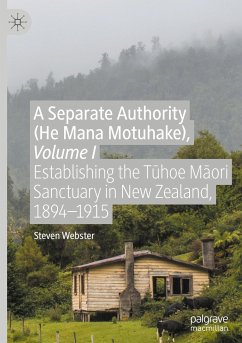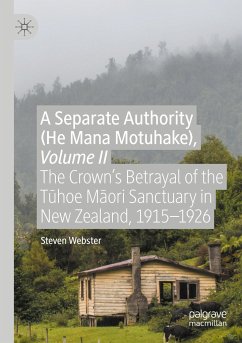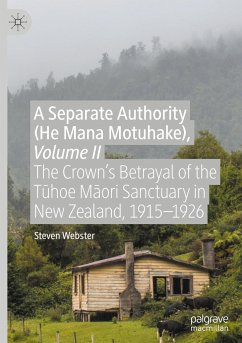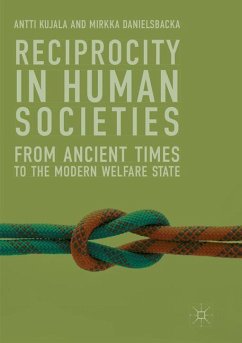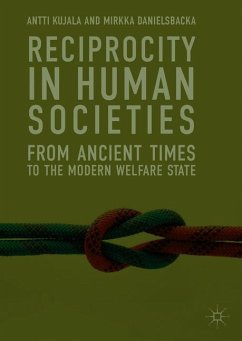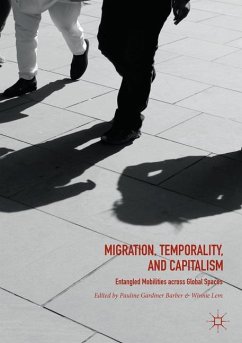
A Separate Authority (He Mana Motuhake), Volume I
Establishing the T¿hoe M¿ori Sanctuary in New Zealand, 1894-1915
Versandkostenfrei!
Versandfertig in 6-10 Tagen
76,99 €
inkl. MwSt.
Weitere Ausgaben:

PAYBACK Punkte
38 °P sammeln!
This book is an ethnohistorical reconstruction of the establishment in New Zealand of a rare case of Maori home-rule over their traditional domain, backed by a special statute and investigated by a Crown commission the majority of whom were Tuhoe leaders. However, by 1913 Tuhoe home-rule over this vast domain was being subverted by the Crown, which by 1926 had obtained three-quarters of their reserve. By the 1950s this vast area had become the rugged Urewera National Park, isolating over 200 small blocks retained by stubborn Tuhoe "non-sellers". After a century of resistance, in 2014 the Tuhoe...
This book is an ethnohistorical reconstruction of the establishment in New Zealand of a rare case of Maori home-rule over their traditional domain, backed by a special statute and investigated by a Crown commission the majority of whom were Tuhoe leaders. However, by 1913 Tuhoe home-rule over this vast domain was being subverted by the Crown, which by 1926 had obtained three-quarters of their reserve. By the 1950s this vast area had become the rugged Urewera National Park, isolating over 200 small blocks retained by stubborn Tuhoe "non-sellers". After a century of resistance, in 2014 the Tuhoe finally regained statutory control over their ancestral domain and a detailed apology from the Crown.





